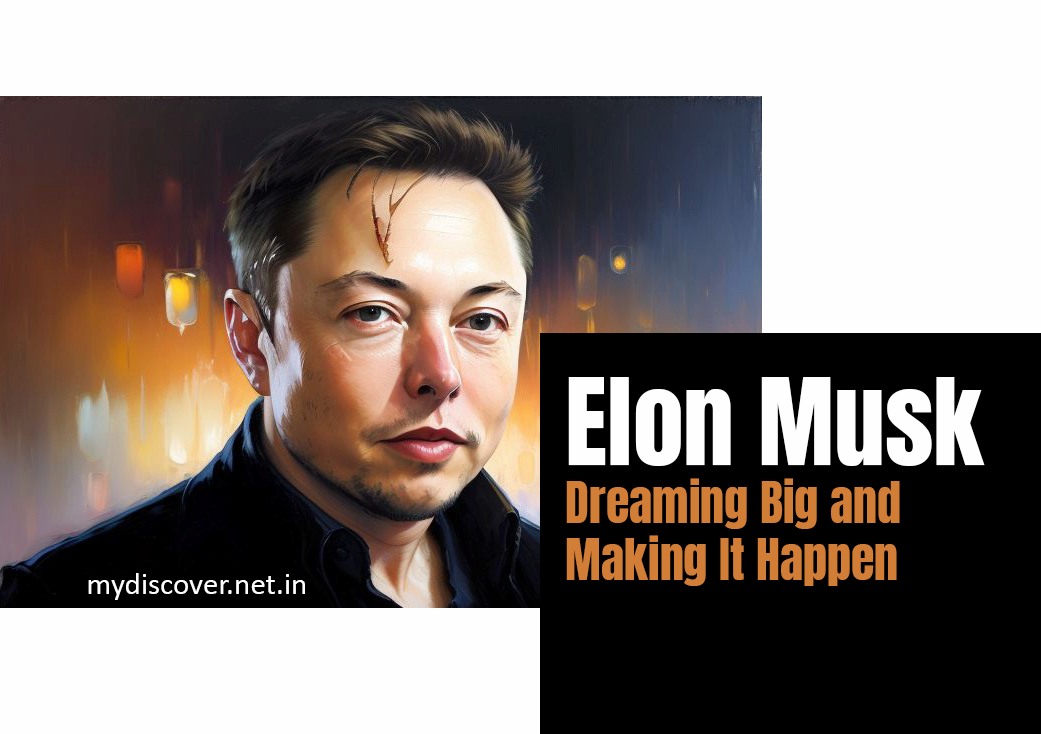
Get ready to dive into the incredible journey of Elon Musk! He’s the guy who has a deep love for space, cool cars, and a burning desire to make our world a better place. Elon’s story is all about dreaming big and then making those dreams happen. This book will not only tell you his story but will also sprinkle in some motivation to inspire you to chase your own dreams.
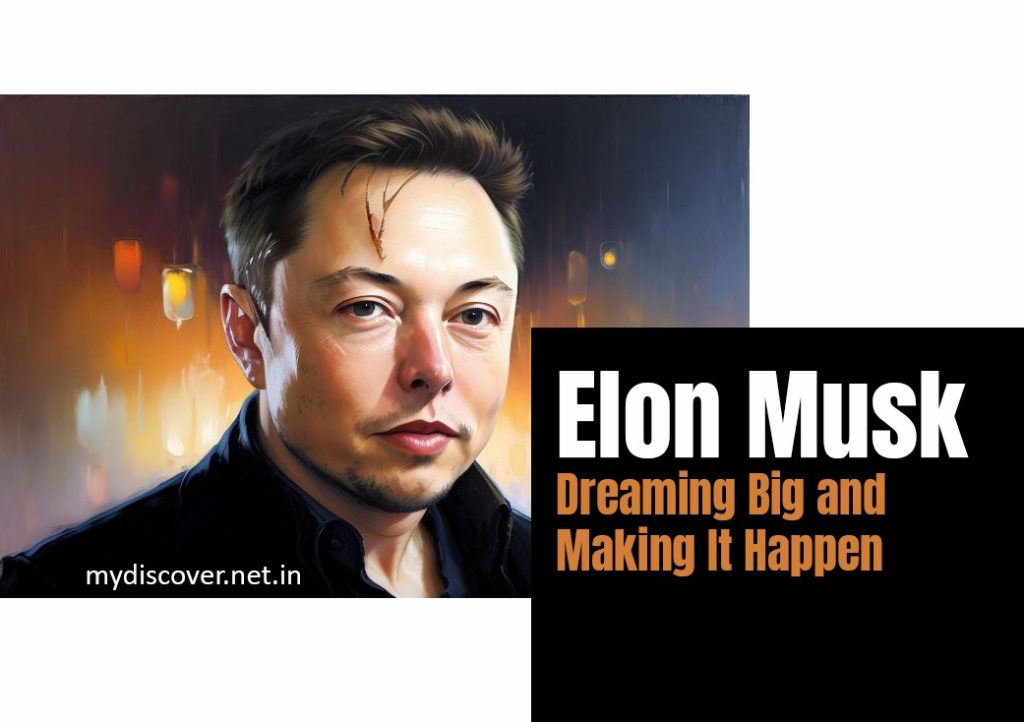
Chapter 1: The Early Years
Our hero, Elon Reeve Musk, was born on June 28, 1971, in Pretoria, South Africa. He wasn’t like other kids. At the ripe age of 10, while most kids were playing with toys, Elon was already teaching himself how to program computers. Yep, he was a tech whiz right from the start.
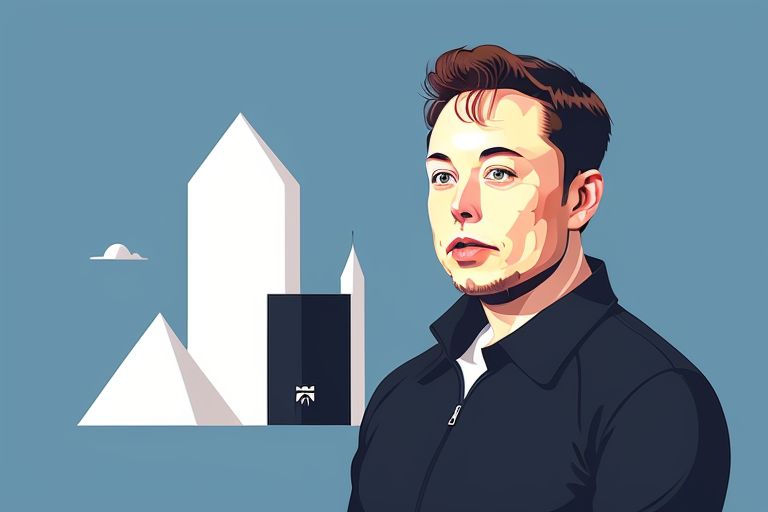
Chapter 2: Education and Entrepreneurial Ambitions
Elon’s journey took him to Canada at the age of 17, where he attended Queen’s University before making his way to the University of Pennsylvania. He didn’t just get one degree; he got two—economics and physics. Then, he had this wild idea of doing a Ph.D. at Stanford University. But you know what’s fascinating about Elon? He left Stanford after just two days because he couldn’t resist the siren call of the tech world. He saw the potential of the emerging internet industry and knew he had to be a part of it.
Chapter 3: Co-founding Zip2 and X.com (PayPal)
Elon wasn’t one to sit around. In 1996, he co-founded Zip2, a company that made business directories and maps for newspapers. A few years later, Compaq swooped in and bought it for almost $300 million. Imagine that, a young guy in his twenties with a few hundred million dollars in his pocket!
But that wasn’t enough for Elon. He went on to create X.com, an online payment company. And guess what? That company eventually became PayPal, which transformed the way we handle money online. In 2002, eBay saw the magic in PayPal and bought it for a cool $1.5 billion. Elon was on a roll!
Chapter 4: Space Exploration Dreams with SpaceX
With all that money from PayPal, Elon could have just chilled on a beach somewhere. But no, he had bigger plans. He wanted to conquer space. So, in 2002, he started SpaceX. His mission? To make space travel affordable and maybe even set up a colony on Mars. Ambitious, right?
SpaceX developed the Falcon and Dragon spacecraft, which made launching stuff into space way cheaper. Elon was showing the world that you could dream big and make it happen.
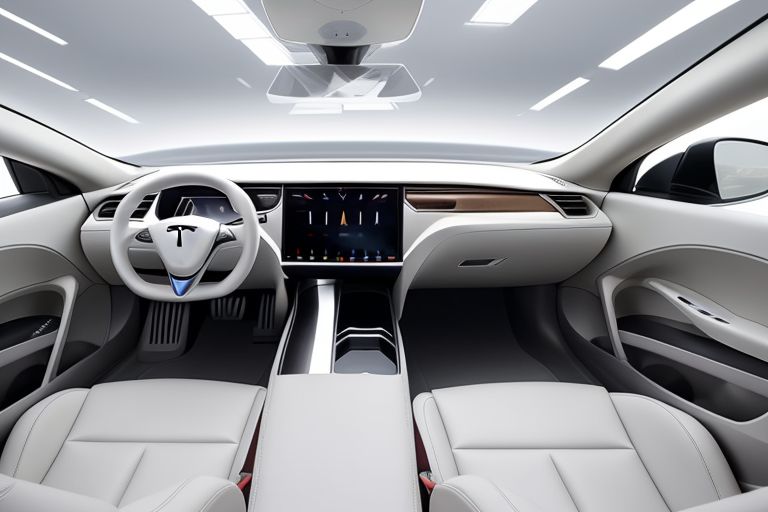
Chapter 5: Electric Cars and Tesla, Inc.
But wait, there’s more! In 2004, Elon joined Tesla Motors (now Tesla, Inc.) as chairman and later became the CEO. He wanted to make electric cars cool and accessible to everyone. And boy, did he succeed! The Roadster, Model S, Model 3, and Model X—all game-changers in the world of cars. Tesla’s innovations showed that going green could be incredibly stylish.

Chapter 6: SolarCity and Renewable Energy
Elon’s love for sustainability didn’t stop at electric cars. In 2006, he co-founded SolarCity, a solar energy company. This company became a leader in installing solar panels and providing clean energy solutions. It later merged with Tesla to create a one-stop shop for sustainable energy.
Chapter 7: The Boring Company and Hyperloop
Now, not content with just space and electric cars, Elon started The Boring Company in 2016. No, it’s not about being bored; it’s about digging tunnels and developing high-speed transportation systems for cities. And then there’s the Hyperloop—a super-fast transportation concept that could change the way we travel long distances. Elon’s mind was like a perpetual motion machine, always spinning with new ideas.
Chapter 8: Neuralink and OpenAI
But wait, there’s more! In 2016, Elon co-founded Neuralink, a company aiming to merge the human brain with computers to supercharge our abilities and combat neurological disorders. And he was also busy supporting OpenAI, an organization dedicated to making sure artificial intelligence didn’t go all Terminator on us.
Chapter 9: Mars Colonization and Ambitions
Elon’s big dream was to make humans a multi-planetary species. He had a grand plan for SpaceX’s Starship, a fully reusable spacecraft, to take people to Mars and beyond. This guy was literally thinking about the future of humanity.
Chapter 10: Challenges and Controversies
Of course, Elon’s journey wasn’t all smooth sailing. He faced tons of challenges, from production issues at Tesla to clashes with regulators, and he even had his share of critics on social media. But here’s the thing about Elon: he never let the naysayers hold him back. He kept pushing forward, determined to make his dreams a reality.
Chapter 11: Legacy and Impact
Elon Musk’s impact on the world is immeasurable. His relentless pursuit of innovation in electric vehicles, space exploration, sustainable energy, and advanced technology has inspired countless people and companies to aim for the stars—literally and figuratively.
Chapter 12: The Future
As of my last update in September 2021, Elon’s journey continues. He remains at the forefront of space exploration, electric vehicles, and clean energy. His future ventures are bound to take humanity to even greater heights.
So, what can we learn from Elon Musk? Well, he showed us that you can dream big, really big, and then work relentlessly to turn those dreams into reality. He didn’t let setbacks or critics stop him. And if there’s one thing we can take away from his story, it’s that with passion, determination, and a little bit of crazy, you can achieve the impossible. So, go out there and chase your dreams because, as Elon Musk has proven, the sky is not the limit—it’s just the beginning!
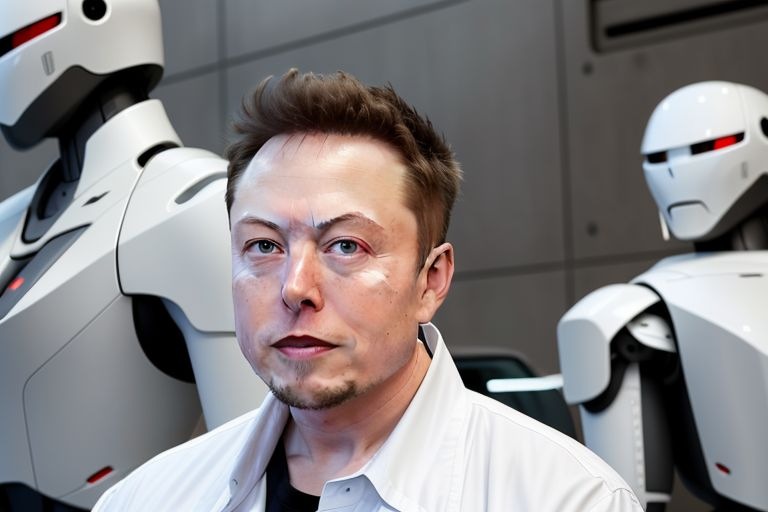
Business Strategies Elon Musk
Elon Musk is known for his innovative business strategies that have propelled several companies to success. While his approach can be complex and multifaceted, we can break down some key steps and details to help you understand his business strategy better:
1. Visionary Goal Setting:
- Musk starts by setting ambitious and visionary goals. For example, with SpaceX, he aims to make humanity a multi-planetary species, and with Tesla, he seeks to accelerate the world’s transition to sustainable energy. These grand goals provide a clear sense of purpose for his companies.
2. Risk-Taking and Innovation:
- Musk is not afraid to take significant risks and invest heavily in technology and innovation. His willingness to tackle challenging and uncharted territory has led to breakthroughs in space exploration, electric vehicles, and renewable energy.
3. Vertical Integration:
- Musk often opts for vertical integration, where he controls multiple aspects of the supply chain. For Tesla, this means manufacturing batteries, electric vehicles, and even solar products. This strategy allows for more control over quality and cost.
4. Iterative Development:
- Musk follows an iterative development process. He is known to release products with minimal features and then gradually improve them based on customer feedback and technological advancements. This approach is evident in Tesla’s over-the-air software updates and SpaceX’s rocket development.
5. Aggressive Timelines:
- Musk sets aggressive timelines and encourages his teams to work tirelessly to meet or beat them. This sense of urgency can help push the boundaries of what’s possible and create a competitive advantage.
6. Long-Term Thinking:
- Musk’s focus is often on long-term goals rather than short-term profitability. He is willing to forego immediate profits to invest in research and development that will pay off in the future.
7. Public Relations and Marketing:
- Musk is a master of using social media and public relations to generate buzz and interest in his companies. His tweets and public statements often attract media attention and build excitement around his ventures.
8. Talent Acquisition:
- Musk understands the value of hiring top talent. He actively seeks out experts in various fields and creates an environment where they can work on groundbreaking projects.
9. Open Source and Collaboration:
- Musk is open to collaboration and often makes some of his company’s technologies open source. For example, Tesla released its electric vehicle patents to the public to encourage the growth of the electric vehicle industry.
10. Diversification
Musk diversifies his interests across multiple industries, reducing risk and increasing the potential for disruptive innovation. His ventures include electric vehicles, space exploration, tunneling, and brain-computer interfaces (Neuralink).
11. Environmental and Societal Impact
Many of Musk’s companies have a strong environmental or societal impact. This not only attracts customers but also aligns with the growing demand for sustainable and socially responsible products and services.
12. Persistence and Resilience
– Perhaps one of the most critical aspects of Musk’s strategy is his persistence and resilience in the face of setbacks and failures. He doesn’t give up easily and continues to pursue his goals relentlessly.
It’s important to note that while Elon Musk’s business strategies have been successful in many cases, they are not without controversy and challenges. His approach can be demanding and high-risk, but it has undoubtedly left a significant mark on industries ranging from electric vehicles to space exploration.
Motivational thoughts of Elon Musk
Here are some motivational thoughts inspired by Elon Musk:
The first step is to establish that something is possible; then, probability will occur.”
“When something is important enough, you do it even if the odds are not in your favor.”
“I think it’s very important to have a feedback loop, where you’re constantly thinking about what you’ve done and how you could be doing it better.”
“If you get up in the morning and think the future is going to be better, it is a bright day. Otherwise, it’s not.”
“Failure is an option here. If things are not failing, you are not innovating enough.”
“When something is important enough, you should try, even if the probable outcome is failure.”
“I think that’s the single best piece of advice: constantly think about how you could be doing things better and questioning yourself.”
“It’s OK to have your eggs in one basket as long as you control what happens to that basket.”
“Persistence is very important. You should not give up unless you are forced to give up.”
“I say something, and then it usually happens. Maybe not on schedule, but it usually happens.”
“It’s very important to take risks. I think that research is essentially taking a risk.”
“Don’t confuse education with schooling. I didn’t go to Harvard, but people who work for me did.”
“When you’re running a company, you have to make sure that whatever you’re doing is the right thing, and that it’s possible to do it correctly and quickly.”
“The reality is, if you’re building a company and it’s not an immediate success, it’s a near-death experience.”
“I could either watch it happen or be a part of it.”
“If you’re trying to create a company, it’s like baking a cake. You have to have all the ingredients in the right proportion.”
“My biggest mistake is probably weighing too much on someone’s talent and not someone’s personality. I think it matters whether someone has a good heart.”
“Really pay attention to negative feedback and solicit it, particularly from friends. … Hardly anyone does that, and it’s incredibly helpful.”
“The path to the CEO’s office should not be through the CFO’s office, and it should not be through the marketing department. It needs to be through engineering and design.”
“If you’re co-founder or CEO, you have to do all kinds of tasks you might not want to do… If you don’t do your chores, the company won’t succeed… No task is too menial.”
- Why Must We Always Strive to Make Our Relationships Work?
- Confidence is Key, and Your Dedication Will Take You Far: A Guide to Personal Growth and Success
- Top 10 Immigration Consultants in Jalandhar
- You Never Truly Lose If You Keep Trying: Embracing the Journey of Growth, Love, and Resilience
- We All Make Mistakes – Be the One to Accept It